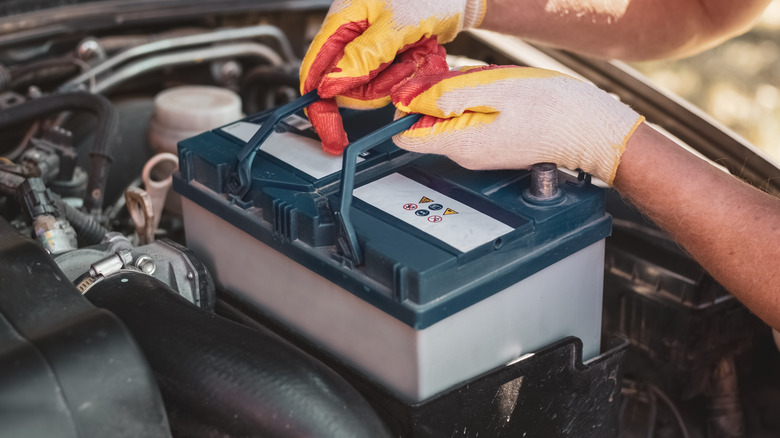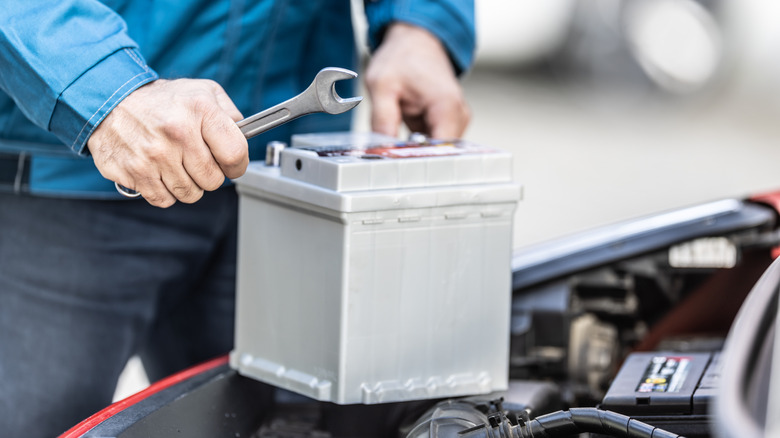Why Do Car Batteries Have Vent Holes?
One of the key aspects of car maintenance is ensuring that your car's battery is in good working order. If you notice any signs that it's time to change the battery, it might be worth changing it yourself to save the cost of having to pay someone else to do it. You'll need some basic tools to change the battery, but it isn't a difficult task if you know what you're doing. While you're changing it, you might notice that the battery has vent holes on its side or on the top. Those vents are there for a good reason, although the exact reason varies slightly based on what type of battery your car uses.
Older, cheaper car batteries, sometimes called flooded lead acid batteries, feature two lead plates that sit in a pool of battery electrolyte solution. As these batteries release electricity, they also give off gases. These gases need somewhere to go. Otherwise, they can build up inside the battery. The vents release the gases to prevent any buildup, but they also let out small amounts of water from the electrolyte solution. Over time, that water loss will make the battery less effective, and so you'll need to add water back into the battery solution to keep it operating correctly.
AGM batteries only need vents for emergencies
While the vents in flooded lead acid batteries are needed for its normal operation, the vents in the top of AGM (absorbent glass mat) batteries are only needed in emergencies. AGM batteries are a more modern type of battery that normally remains sealed, so there's no need to worry about topping them up. They're sometimes called maintenance-free batteries. They feature a fiberglass mat — hence the name — which stops the gases from the chemical reaction from dispersing, instead trapping them within the battery and eventually causing them to absorb back into the solution.
The only reason that AGM batteries would need to vent gases is if there was an unusually large buildup of gas, more than the mat could effectively reabsorb. Usually, the only situation where that would happen is if the battery was overcharged. AGM batteries tend to be more expensive than traditional flooded lead acid batteries, but they offer several benefits aside from needing less maintenance. Since they're sealed under normal conditions, AGM batteries can be placed in a wider variety of locations within a car, such as under the floor of the trunk. They're also not affected by vibrations or rough terrain in the same way as old-school batteries, and they don't need to be mounted upright because there's no risk of electrolyte solution spilling from the vents.

